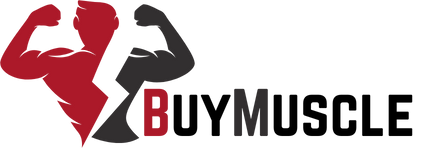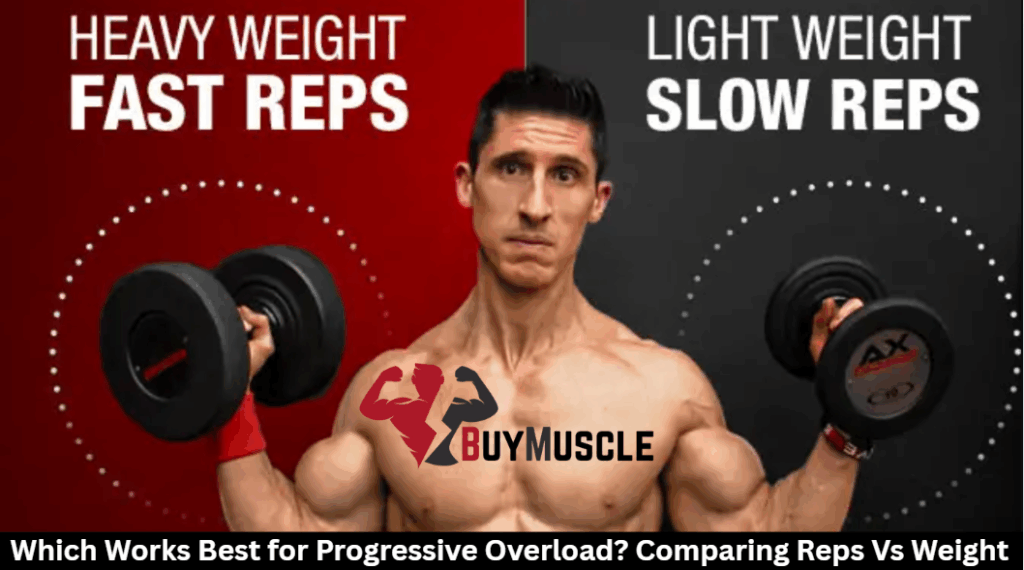Progressive overload works best when you combine both weight and rep increases strategically. For strength gains, prioritize heavier weights in the 1-6 rep range. For muscle growth, focus on gradually increasing reps to build time under tension and metabolic stress. Most effective programs cycle between both methods. Add weight when you’ve mastered current rep targets and focus on reps when intensity plateaus.
Your specific goals and experience level will determine which approach deserves more emphasis in your training plan.
The Science Behind Progressive Overload
When your muscles encounter resistance that exceeds their normal workload, they undergo a fascinating biological process of adaptation. This response is the foundation of progressive overload. Your body’s remarkable ability to strengthen and grow when challenged appropriately.
During strength training, microscopic damage occurs within muscle fibers, triggering repair processes that make them larger and stronger than before. This muscle hypertrophy only happens when workout intensity consistently pushes beyond your current capabilities.
Your body’s training adaptation is highly specific. It prepares precisely for the challenges you present. If you never increase weight, reps, or intensity, your muscles quickly reach equilibrium and growth stalls. Continually adjusting your training variables is essential for ongoing progress rather than maintaining the same routine indefinitely.

Benefits and Limitations of Weight-Based Progression
Lifting heavier weights over time is still the most common way to do progressive overload, but this method has its own pros and cons that are worth knowing about. Adding more weight directly helps you get stronger by forcing your nervous system to recruit more muscle fibers more efficiently. You can make a lot of progress with small weight increases of 2.5% to 5% without putting too much stress on your ability to recover.
But if you only think about how hard you’re working out, you might not be able to do as much training, which could mean missing out on hypertrophy benefits. When you get close to your strength limit, adding weight all the time becomes impossible and raises the risk of injury. Your body needs enough time to recover between heavy workouts, which makes weight progression harder than rep increases.
The best way to build strength and muscle is to combine planned weight increases with periods of higher-volume training.

The Advantages of Volume-Focused Training
Weight progression focuses on building raw strength, while increasing repetitions is a different way to achieve progressive overload that has its own set of benefits. When you slowly raise the number of reps you do with the same weight, you are building time under tension and muscular endurance.
Progressing by doing more reps usually lets you recover better between sessions because it’s not as hard on your central nervous system as always lifting heavier weights. As your muscles get used to doing more work before they get tired, you’ll see that your workouts go better. This method works especially well for hypertrophy because the extra volume causes metabolic stress and cellular swelling, which helps muscles grow.
For the best results, think about adding more reps before trying weight jumps that could mess up your form.

Hybrid Methods for Optimal Strength and Hypertrophy
The most effective training programs don’t force you to choose between adding reps or increasing weight. They strategically incorporate both methods. By cycling between volume and intensity phases, you’ll stimulate different muscle fibers and prevent adaptation plateaus.
You might focus on increasing weight for 4-6 weeks while maintaining rep ranges, then switch to adding reps for several weeks at constant weights. This periodized approach to resistance training guarantees continued progress and reduces injury risk.
For example, you could implement double progression. Once you can complete all sets at your target rep range (say three sets of 12), increase the weight and start again at the lower end (3 sets of 8). This hybrid methodology creates the perfect environment for long-term gains without stagnation.
How to Choose Based on Goals and Experience
Your goals should dictate which progressive overload strategy works best for your training program. If focused on maximal strength, prioritize weight increases in the 1-6 rep range, adding small increments (2.5-5 pounds) weekly. For hypertrophy, a balanced approach works better. Alternate between adding reps (until reaching the top of your target range) and increasing weight.
Beginners can progress primarily through weight increases every 1-2 weeks, as neurological adaptations come quickly. Intermediate lifters should incorporate both methods, using rep increases when weight jumps feel too challenging.
Advanced athletes need more sophisticated cycling between volume-focused phases (higher reps) and intensity-focused phases (heavier weights) to continue making progress while managing recovery demands.
Frequently Asked Questions
How Fast Should Progressive Overload Occur for Optimal Results?
You’ll see ideal results when you increase weight or reps by 2-5% every 1-2 weeks. Adjust based on your experience level, recovery capacity, and training goals. Don’t rush the process.
Does Progressive Overload Work Differently for Women Than Men?
Physiologically, progressive overload works the same for both women and men. You’ll experience similar adaptation principles, but women may progress at different rates and often tolerate higher training volumes with slightly slower strength gains.
Should I Deload Before Implementing a New Progressive Overload Strategy?
Yes, you should deload before implementing a new progressive overload strategy. It gives your body time to recover, reduces fatigue, and prepares your nervous system for the upcoming challenge of a new approach.
Can Progressive Overload Techniques Vary Between Different Muscle Groups?
Yes, different muscle groups respond effectively to varied progressive overload approaches. Your smaller muscles, like biceps, may benefit more from rep increases, while larger muscles, like quads, often respond better to weight increases.
How Does Age Affect the Optimal Approach to Progressive Overload?
As you age, focus more on gradual weight increases with moderate reps. Your recovery slows, so you’ll need longer rest periods. Prioritize form over ego lifting to protect joints and prevent injuries.








